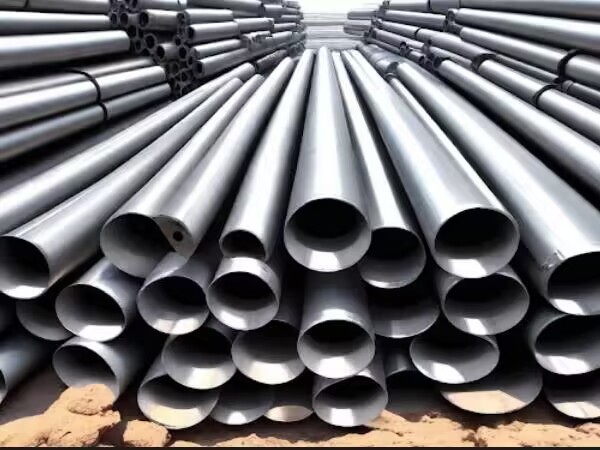What is the meaning of cold rolling and hot rolling in steel pipes?
In the steel industry, we often hear cold rolling and hot rolling, such as cold
rolled steel pipe, hot rolled steel pipe and so on. So what is cold rolling and what is hot rolling?
Cold rolling and hot rolling are two common rolling processes, which are used to roll semi-finished billets produced by steel mills into qualified steel. The rolling of steel is mainly hot rolling, and the cold rolling mainly produces steel products with higher precision.

Hot rolled steel pipe
Hot rolling refers to the process of rolling steel above the recrystallization temperature (usually about 1000~1200 ° C).
Features:
High temperature processing: metal deformation resistance is small at high temperature, easy to form.
Simple process: excessive pre-treatment of raw materials is consumed and high production efficiency is achieved.
Finished surface: Due to direct cooling after high-temperature processing, the surface of the steel pipe usually has oxide skin, and the surface quality is reduced, requiring subsequent processing (such as pickling).
Dimensional accuracy: The dimensional control accuracy is low, and it is usually used to manufacture steel pipes with thicker walls or larger sizes.
Material properties: uniform structure, good plasticity, suitable for withstand greater stress.
Use: Hot rolled steel pipe is often used in mechanical parts, fluid conveying pipes, engineering structures and other requirements of high strength but surface requirements are not high scenes.
Cold rolled steel pipe
Provisions:
Cold rolling refers to the process of rolling steel below the recrystallization temperature, usually at room temperature, and then there may be a slight warming.
Features:
Low temperature processing: raw materials rolling at low temperatures, plastic flow will not occur, requiring a lot of rolling force.
High surface quality: the cold-rolled steel pipe has a smooth surface and few surface defects.
High dimensional accuracy: the wall thickness of the cold rolled steel pipe is uniform, the size control is more accurate, and it is suitable for high requirements.
Material properties: high strength, but slightly poor plasticity; There may be processing tumors in the interior, which should be repaired by heat treatment such as annealing.
Application: Cold-rolled steel pipe is often used in occasions with higher requirements for precision and surface quality, such as auto parts, precision instruments, hydraulic system pipelines, etc.
In summary:
Hot rolled steel pipe is suitable for high strength requirements, but the surface and precision requirements are low engineering occasions. Cold-rolled steel tubes are suitable for applications that require high precision and superior surface quality, such as industrial equipment, precision instruments and high-end manufacturing.
